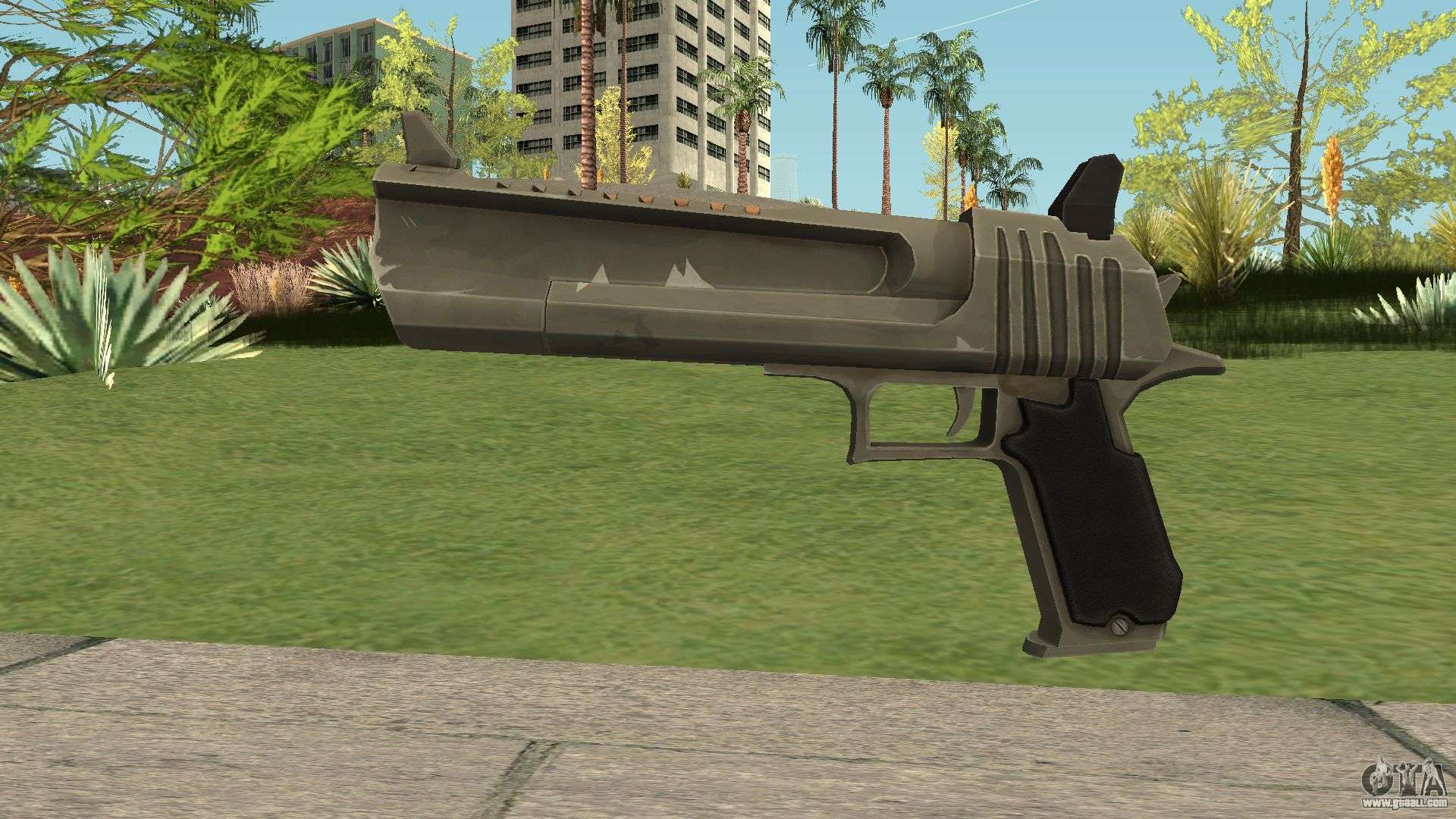
The key problem with a rifle grenade is that when ready to fire, it effectively blocks the standard operation of the rifle. The latter loses something in kinetic energy, but gains through not having to switch the gas operation valve to ‘closed’ first. Also, most modern types of rifle grenade launchers use standard ammunition, and either trap the bullet and use its energy to project the grenade (helpfully known as the ‘bullet trap’ type) or have a hole down the center through which the bullet escapes (the ‘bullet through’ type), and use the gun gas expanding from the muzzle as a propellant. Instead, they are now just specially shaped muzzle devices, often also combined with flash hiders the tail (rear) part of the grenade is shaped as a tube, which is slipped over the muzzle of the rifle. Most modern rifle grenade launchers got rid of both the cup launchers and rods attached to the grenade. In either case, an attempt to fire the grenade with a standard round of rifle ammunition was disastrous to both the weapon and the shooter.

This rod was inserted into the bore of the rifle, then the grenade launched also using a blank cartridge. There was another type of rifle grenade, which did not require any a grenade launcher attachment – instead, this system relied on a special thin rod, protruding from the back of the grenade like a tail. German Mauser K98k carbine (WW2 period) with attached cup-shaped grenade launcher. This system, while enhancing the combat capabilities of infantry soldiers, has several drawbacks – for example in many cases the attached launching cup blocked the line of sight for the rifle for regular firing.

A grenade was placed into this cup, primed, the rifle aimed toward the enemy, and then the grenade was launched using a special blank cartridge, fired normally, as propellant. These launchers in fact were add-ons to standard issue military rifles, usually in the shape of a cup, attached to the muzzle of the rifle.

During the First World War most nations started to use so called “rifle grenade launchers”. At the earliest stages of the development of firearms, many armies used so called “hand mortars” – essentially smoothbore muskets with short barrels of very large caliber, used to fire standard grenades at ranges beyond the limits of human throwing ability. The simplest way to use the grenade is to throw it by hand but the effective range and maximum weight of hand grenades is then severely limited. Of course, in most cases the grenade also must be fitted with a fuse, and with a safety, to avoid damage to the grenadier or handler. Single shot and under-barrel grenade launchersīasically, the grenade launcher is a weapon which fires a grenade – a small shell, filled with high explosive or some other agent, such as tear gas for less-than-lethal application, a bright burning compound for illumination purposes, as an incendiary device etc.


 0 kommentar(er)
0 kommentar(er)
